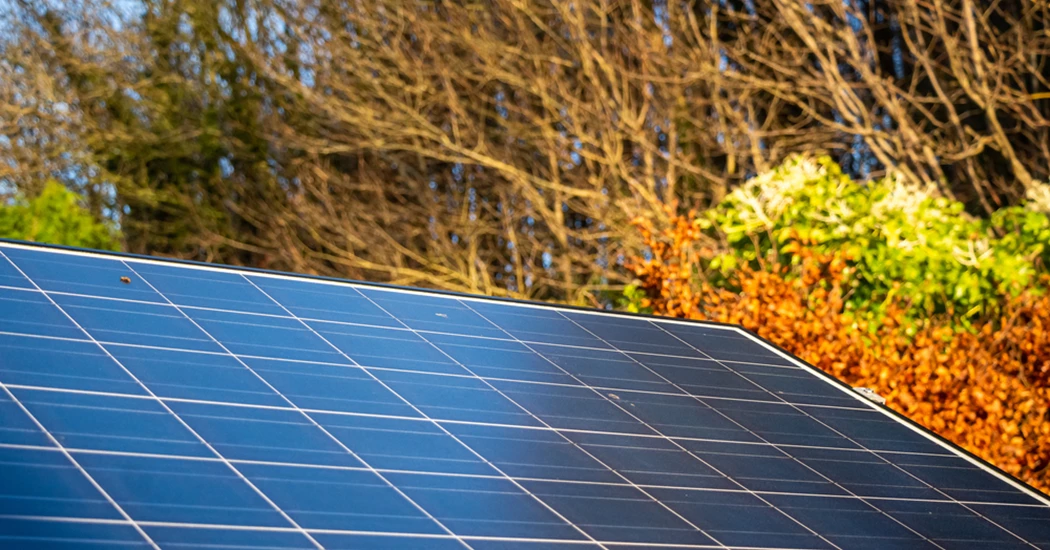Building a lower carbon energy system to design our future
The energy industry constantly evolves as technology, innovation and market forces drive changes in both the sources of energy and how it is delivered. The next chapter will involve continuing to supply the world with the energy it needs while simultaneously delivering on emissions reduction goals.
For me, the energy transition will be one of the defining challenges of our generation and while we are crystal clear on what we need to achieve, shaping a path towards a net-zero future will require compromise, pragmatism and flexibility.
Demand and reliance
As global demand for energy continues to increase alongside the prevailing issue of addressing climate change, the political, industrial and societal expectation to lower carbon emissions whilst ensuring energy security is greater than ever.
The UN has connected these issues as a priority for the planet in two of its global sustainable goals, focused on ensuring widespread access to reliable energy whilst urgently taking action on climate change. This pressure on energy systems from increased demand, driven by population growth, increased mobility, industrialisation and digital sophistication, means we need to think, do and deliver differently.
The journey
As current events have shown, energy security is an issue that affects everyone. The reality is that we will pay the price, both economically and environmentally, if we cannot secure energy supply while developing future solutions.
With COP27 taking place and the IPCC stating that it’s ‘now or never’ for climate action, there is no disputing that the imperative for collective, bold steps to protect our world is critical.
But energy security and climate action need not be a binary choice. As the world ramps up its investment in renewable and low carbon energies, we must continue to ensure viable supply, with oil and gas playing an important role in an integrated energy future for decades to come.
This means our energy security and transition journey must have a dual focus – on greenfield projects and on existing infrastructure to meet today’s needs.
Although the polarising debate regarding new oil and gas developments will continue, we must ensure that any newly sanctioned projects are built with climate measures embedded from the outset. This means projects designed for electrification and carbon capture, with minimum manned assets and the most optimised production technology the industry has ever seen.
Meanwhile, older assets need to be maintained and operated as efficiently and with as low a carbon impact as possible.
Collaboration to succeed
The good news is that our industry is more than capable of working together to change in the immediate, medium and longer term, whether that’s by integrating alternative energy supply, improving the energy efficiency of existing assets or optimising operations. These are not ideological steps – they are practical solutions that can make a difference today. In fact, they’re already happening.
At Wood, we are already tackling fugitive emissions through asset integrity, leveraging smart maintenance technologies and other digital tools, engineering retrofit design and applying decades of decarbonisation expertise to live projects.
We see vast opportunity across the energy mix to ready our industry for this transition. We can use our technical expertise and technology to upgrade thousands of existing assets, and apply low carbon solutions to new designs whether greenfield developments or expansions which incorporate carbon capture and blue hydrogen.
At the same time, we are investing in our expertise to grow our footprint in renewables and green hydrogen.
However, these solutions only work through true partnership across the supply chain. Energy delivery is a systemic issue and requires sustained collaboration – industry must continue to work together to foster innovation whether in the boardroom or out in the field.
Alongside this, we need to support governments in aligning ambitions, and creating the fiscal and legislative frameworks to drive collaboration and responsible behaviours.
Near-term focus and a long-term view
Energy transitions take a very long time and achieving a net-zero future will require doggedness, not dogmatism. The challenge facing industry and political leaders is to balance the dichotomy between the simultaneous need for both urgency and a long-term commitment.
As well as putting the foot to the floor on decarbonisation efforts and scaling low-carbon solutions, we also need to accept and shape a role for hydrocarbons. This is a pragmatic and necessary compromise, not a cop-out.
The opportunity lies in delivering conventional energy as cleanly and efficiently as possible while we chart this path to newer, cleaner sources on an industrial scale. Finding solutions to these parallel challenges is mission critical to designing a future where energy systems continue to power the world.
Energy Connects includes information by a variety of sources, such as contributing experts, external journalists and comments from attendees of our events, which may contain personal opinion of others. All opinions expressed are solely the views of the author(s) and do not necessarily reflect the opinions of Energy Connects, dmg events, its parent company DMGT or any affiliates of the same.
KEEPING THE ENERGY INDUSTRY CONNECTED
Subscribe to our newsletter and get the best of Energy Connects directly to your inbox each week.
By subscribing, you agree to the processing of your personal data by dmg events as described in the Privacy Policy.
















